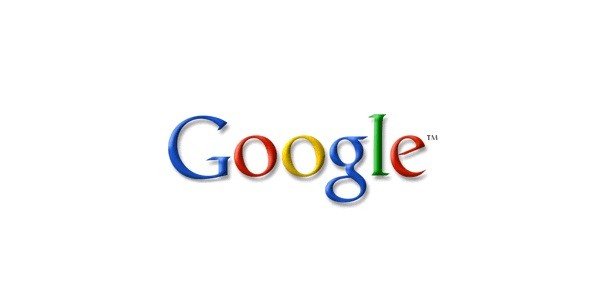 It looks like this year was a good year for Christmas business.
It looks like this year was a good year for Christmas business.
The estimated sales this Christmas season are projected to reach $451 billion. That number is much higher than what happened in 2008 and 2009 and is almost at par with 2007, one of the best years ever. In 2007 the sales were at $453 billion.
Because of that fact, experts expect after Christmas sales not to be as deep as they were in Christmas past, but retailers are still trying to keep the momentum going. If sales are going to be strong as they were before Christmas, this might turn out to be a very good Christmas indeed.
This year, internet sales reached $36 billion, driven by discounts and free shipping. Many of these offers will continue this week. Online sales in the United States rose 15.4% compared to last year.
Many chain stores are announcing big discounts that will continue up to the end of the year, and many stores are extending their operating hours to accommodate as many shoppers as they can.
Most of the after Christmas shopping has to do with returns, exchanges and especially gift cards. Combining a monetary gift card with deep sales is what causes customers to brave the bad weather and go to the store.
What is the best strategy for after Christmas shopping? Expert suggest to do an online search before you go to the mall to find out where the best sales are. Businesses are sending e mails to their customers to let them know where the good sales are. Some of them worked over the Christmas vacation to be able to reach their clients.
Where are the biggest sales? Jewelry, toys and TV’s before the Super bowl.
Spending on gift cards reached nearly $25 billion this season, an increase of 5% over last year, according to the National Retail Federation. Most of the gift card sales came in the last few days before Christmas.
The weather may play a role in after Christmas shopping this year, with 5-18 inches of new snow expected in Washington D.C, New York and New England. But bad weather plays a more important role before Christmas, than after. People can hold off on redeeming their gift cards for a while, since they are not bound by a firm date when they have to have their gifts ready. After Christmas sales are considered “the icing on the cake” for retailers. And indeed retailers feel the brunt of the storm with lower after Christmas sales. Now that the storm has passed retailers are waiting for increased sales with abated breath. They are hoping to turn a good year into a great one.




